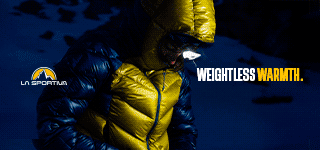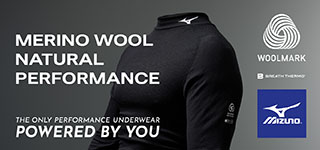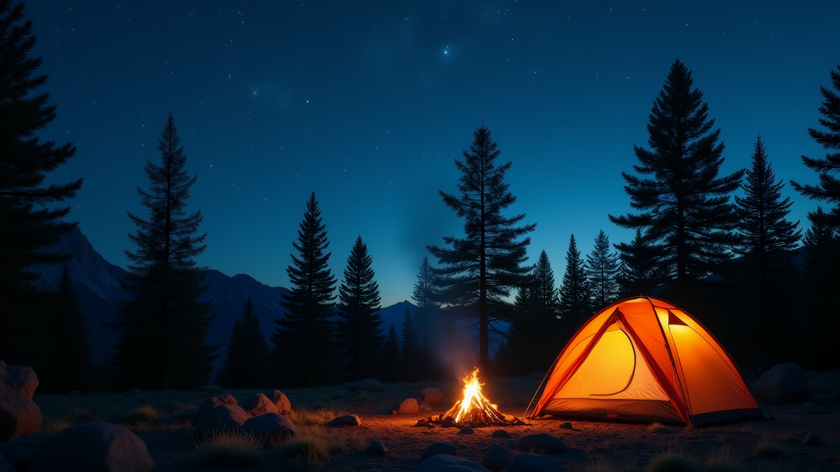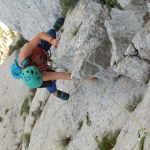The world of tents is vast and constantly evolving: there are hundreds of types, made of many different materials, to be used for the most diverse purposes. From mountaineering to occasional camping, through trekking and bivouac. Here is a practical guide to consider all the most important aspects and choose the tent that best suits you, your needs and the adventures you have scheduled on your calendar.
4Outdoor is also on Whatsapp. Just click here to subscribe to the channel and stay up to date.
Type of use
There is a tent for every occasion, so the first question to ask yourself is: “what kind of adventures do I plan to do?” Tents are divided into several categories, each designed for a specific purpose:
– Stationary camping tents: larger, more comfortable and equipped, often divided into several rooms. They are designed for long camping periods in equipped areas. They can also accommodate families and large groups, but they are very bulky, so they are ideal if transported by car.
– Trekking or mountain tents: lightweight (1-2 kg) and compact, designed to be carried in a backpack. They resist wind and rain, and can be made up of one or two sheets. The poles are made of aluminum or fiberglass.
– Bivouac or ultralight tents: designed for expert hikers or cyclists, they weigh very little but sacrifice space and comfort. Weight is often saved on the poles: in this case the tent is set up with a trekking pole.
– Festival or occasional camping tents: cheap and easy to set up, great for those looking for a quick and temporary solution. This category includes the so-called two-second tents, which are set up simply by throwing them into the chosen location.
– Rooftop tents: designed to be mounted on the roof of the car, they open and fold on themselves with a crank. They are very convenient for those who travel using their car as a means of transport and as a house on wheels.
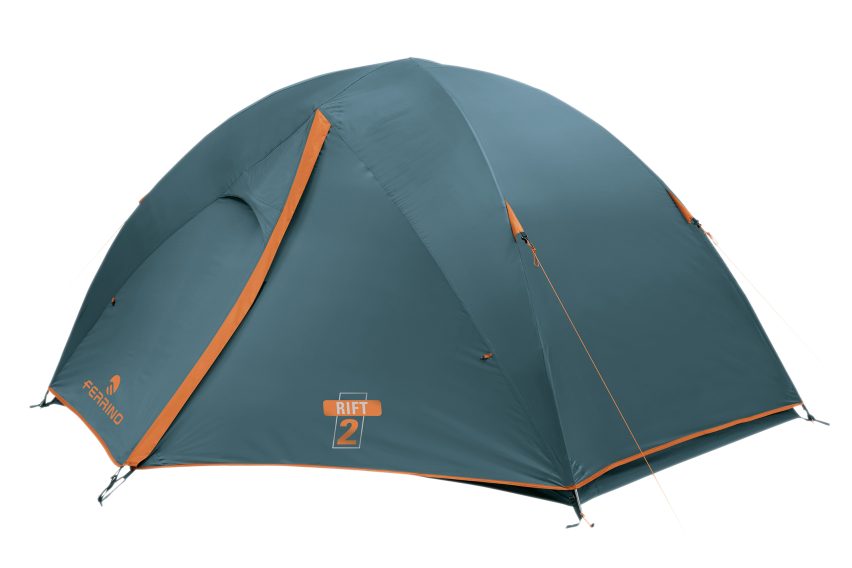
Capacity
There are tents on the market that can accommodate from 1 to more than 6 people. However, it is good to remember that the “nominal capacity” is often calculated to the millimeter: a 2-person tent, for example, could be uncomfortable for two adults with backpacks and equipment. In general, it is better to opt for a tent with one more person than those actually present, especially if you plan to have bulky backpacks with you and if you do not want to be forced to leave them outside the tent.
Ease of assembly
There are models with different structures, which determine the greater or lesser ease of assembly. Igloo tents, with two crossed poles, are the easiest to assemble in a few minutes. Being self-supporting, they are able to stand up even without the presence of guy ropes or pegs and this makes them particularly suitable for areas where it is not possible to plant pegs in the ground, and easier to assemble in the presence of wind. Tunnel tents require more attention in assembly, as they are not self-supporting, but in some cases they can offer greater stability and space. Then there are instant tents, very bulky and a bit laborious to fold into their case.
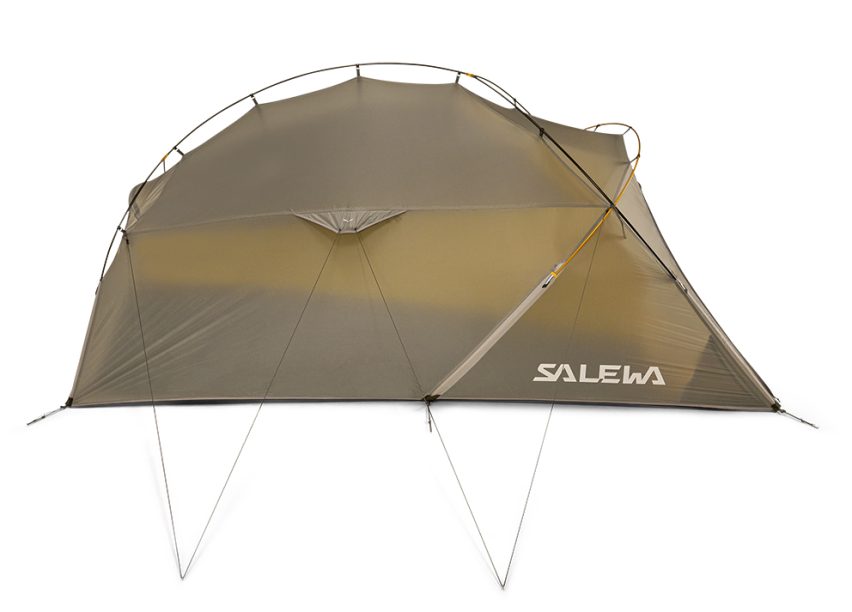
Waterproofness
Always check the water column value, expressed in millimeters: it indicates the degree of waterproofness of the fabric. For summer camping in temperate areas, 1,500-2,000 mm is enough, but for humid climates or mountains it is better to go up to 3,000 mm or more. The most robust models have heat-sealed seams and a double roof.
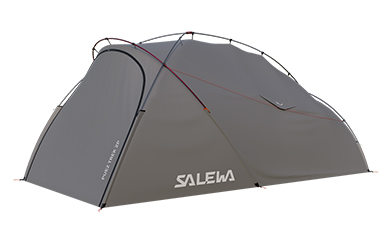
Seasonality
Each tent is designed to provide comfort in a specific climate. A tent that protects from the winter cold will be too warm for the summer climate, and vice versa. In particular, there are three types of tents:
– 3-season tents: designed for spring, summer and autumn climates. They are characterized by good ventilation, essential in the presence of hot temperatures, and good protection from wind and cold. They are suitable for camping in mid-mountain areas in summer and in mid-season, but not for camping in situations of extreme cold or heat.
– 4 Season Tents: Designed to withstand extreme winter climates, with low temperatures and strong winds. They are the right choice if you intend to camp in the mountains in winter, especially on glaciers and at high altitudes.
– Summer tents: designed for camping in warm climates and in the summer season. They are made of light fabric and have excellent ventilation given by elements such as mesh inserts (mosquito net).
Additional accessories
When it comes to comfort, there are many accessories that can make life inside a tent easier, especially when the spaces are shared.
– Double door: so that everyone has their own entrance, to come and go without invading the spaces of the other occupants of the tent
– Internal pockets: placed on the walls and on the roof, to store personal items, optimising space and keeping it tidy
– Lamp Hook: A simple accessory that allows you to hang a flashlight at the top of the tent to optimally illuminate the room.
